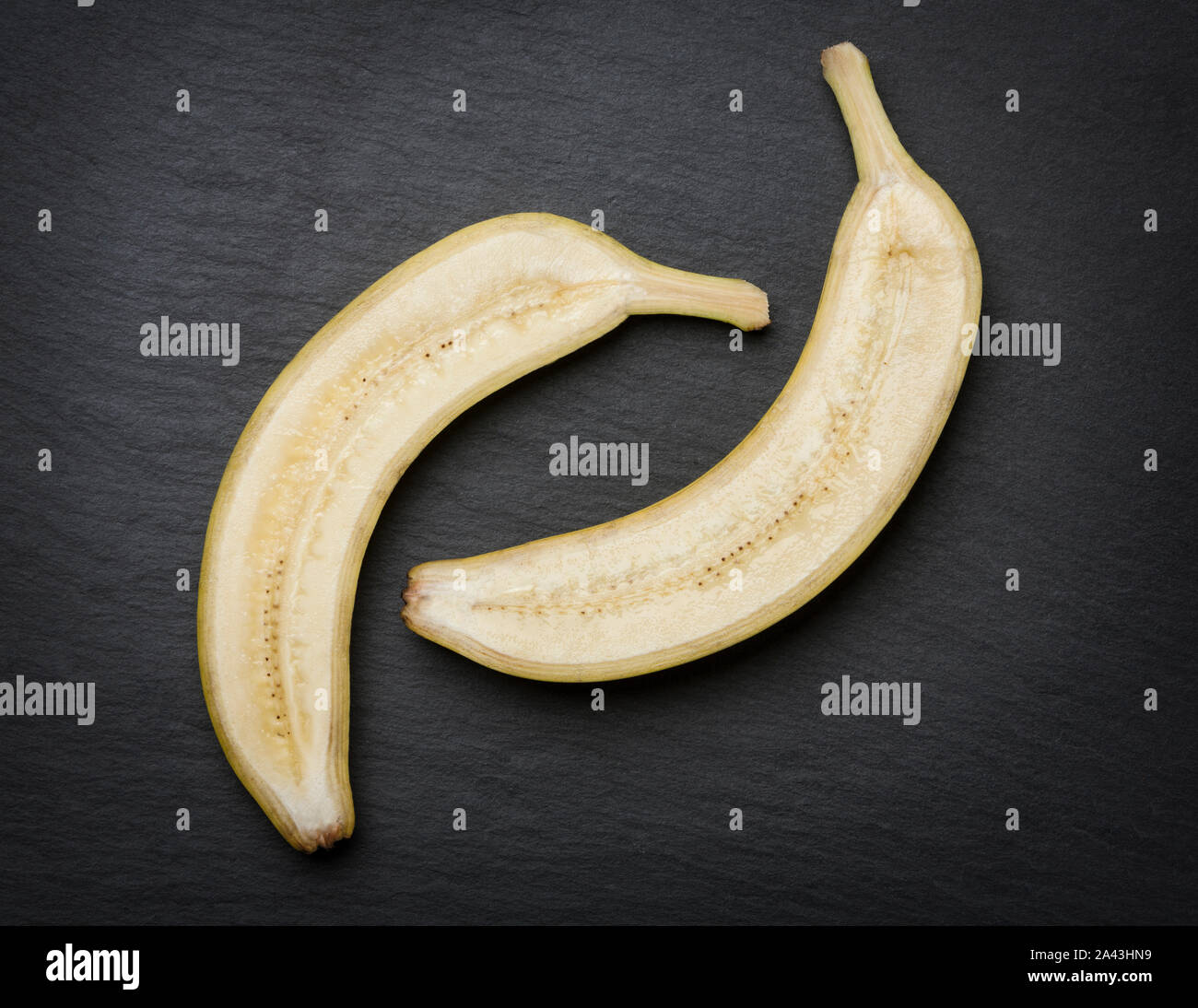Dark Cut
Deal or No Deal. Demolition City. Demolition City 2. Dino Run: Marathon of Doom. Dinosaur Killer 3D. Divine Intervention. Dream Car Racing. Duck Life 3: Evolution. Dummy Crusher 2. Dummy Never Fails. Dark Cut Chrome and Flash: Click the plugin icon in the right side of the address bar, click 'Manage' button, click on 'Block sites from running Flash' to change to 'Ask first' -OR- click top-right menu (⋮), Settings, search for 'flash' in blue bar, Site Settings, Flash, click on 'Block sites from running Flash' to change to 'Ask first. Dark Cut is a surgery game set in medieval times. It was all hand-drawn in vector graphics. I wanted to make a game in the vein of Trauma Center games but take it in a different direction. Trauma Center was all about futuristic medicine. I wanted to go the other direction: grimy gross surgery in medieval times. The Dark Cut series is a dark surgery flash game series created by John Cooney. AKA jmtb02 or'John' on Armor Games. John's Website: http://www.jmtb02.com/.
Dark Cut is a surgery game set in medieval times. It was all hand-drawn in vector graphics. I wanted to make a game in the vein of Trauma Center games but take it in a different direction. Trauma Center was all about futuristic medicine. I wanted to go the other direction: grimy gross surgery in medieval times. The game was another breakout hit, causing bandwidth spikes and getting a lot of coverage across the web.
Programming: John
Art: John
Music: Final Eclypse by Mitrox
Produced by: jmtb02 Studios
Sponsored by Armor Games
The term 'Dark Cutting' is used for meat that does not bloom or brighten when it is cut and exposed to air. Beef customers prefer beef cuts to be a bright pinkish colour at retail, they avoid dark coloured meat. Dark cutting beef (DCB) is largely linked with stress and the mobilisation of muscle glycogen—energy store—in the live animal prior to slaughter.

In the time between slaughter and chilling, a chemical reaction known as glycolysis occurs in the muscle tissue. This reaction converts glycogen into lactic acid. This lactic acid causes the meat pH to decline from the neutral value of 7.2 found in the live animal. The amount of pH fall is determined by the quantity of glycogen available in the muscle for conversion to lactic acid.
Figure 1. (to the right) Scotch fillet showing a ‘dark cutter’ (below) and acceptable meat colour (above).
Desirable eating table beef has an ultimate pH in the range of 5.3 to 5.7. If the quantity of glycogen in the muscle tissue was low, and the pH remains above 5.8, then DCB is a likely outcome.
In addition to the unacceptable appearance, DCB has the following characteristics:
- a high water holding capacity – so the meat loses a lot of moisture during cooking and becomes very dry;
- reduced shelf life – bacteria grow more rapidly due to the higher pH and moisture;
- a sticky texture.


Dark Cuticle
How does low muscle glycogen occur?
Dark Cutie
The following contribute to dark cutting beef:
- low energy intake by livestock,
- poor livestock handling,
- mixing groups of animals, and
- severe weather conditions during transport.
All these factors have been found to decrease the levels of muscle glycogen in the live animal.
Muscle glycogen, or the energy reserves of the animal, has a large influence on meat colour and pH, see Table 1.
| Muscle Glycongen | Meat Colour | pH of Meat |
|---|---|---|
| >1% | Normal | <5.7 |
| 0.6% | Starts to darken | 6.0 |
| 0.6 - 0% | Dark | 6.0 - 7.0 |
Source: Walker,P. (1997) Dark cutting in beef carcasses.
Incidence of dark cutting beef

The incidence of DCB in Australia varies and depends on location, processing conditions and season. The seasonal incidence of high pH beef as an indicator of dark cutting is shown in Graph 1.
Industry estimates that the incidence of DCB is 8–10%. There is evidence that processing plants vary in incidence levels from 1–16% and individual slaughter groups are up to 50%.
High risk stock categories include: sick or injured stock, females exhibiting oestrus, entire males, poor temperament stock and young unweaned animals.
from 43,303 head – NSW, 1999–2000.
It shows incidence above 5.7 pH.
Producing the best eating quality
Consumers rate high pH beef a poor eating experience with 1-in-2 steaks failing taste panel assessment. Meat colour and pH are included in many customer specifications of what they want.
In the interest of consumers of beef, producers should seek to minimise the incidence of dark cutting beef.
Acknowledgments
Michael Beer, NSW Agriculture and Meat Standards Australia Grading Services, Milton Queensland.
Dark Cut Walkthrough
Additional information
Dark Cutter Meat
- DAI-245 Dark cutting beef – managing cattle to reduce DCB
- DAI-246 Dark cutting beef – the economic loss
